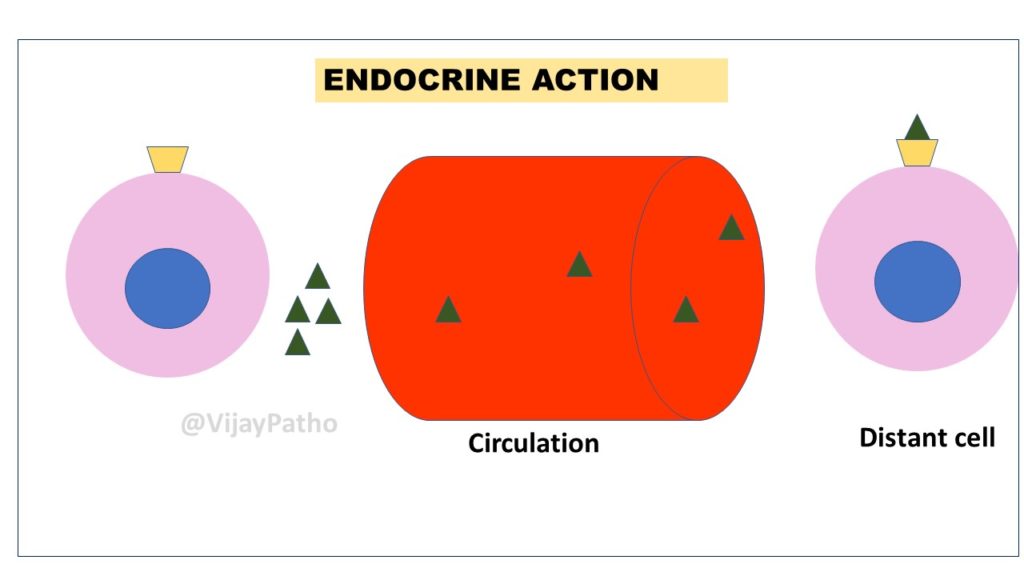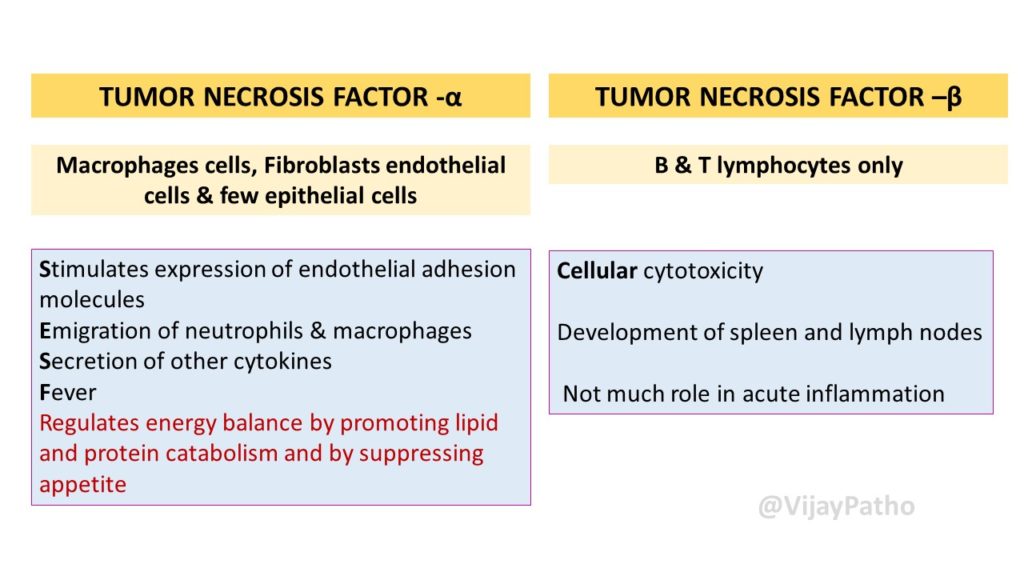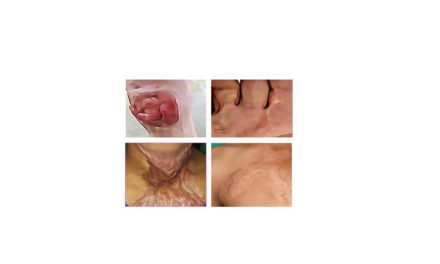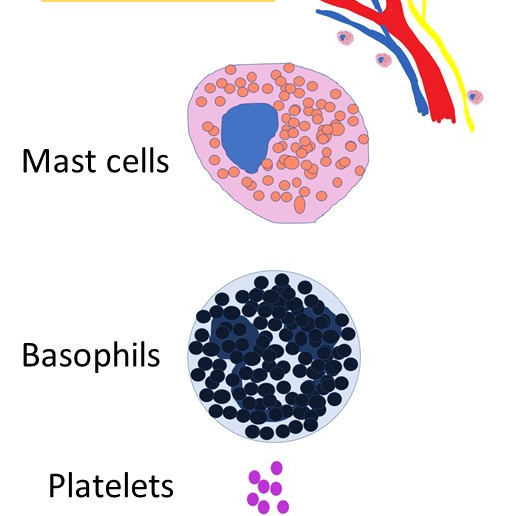Chemical Mediators of Inflammation: CYTOKINES : Interleukins & Chemokines
1. What are cytokines
The word cytokine is a combination of two Greek words – • “cyto” meaning cell and “kinos” meaning movement.
Cytokines are low molecular weight regulatory proteins or glycoproteins Secreted by white blood cells and various other cells in the body in response to a number of stimuli. These cells include, Mainly activated lymphocytes, macrophages, and dendritic cells, but also endothelial, epithelial, and connective tissue cells
Cytokines Mediate INFLAMMATORY and IMMUNE reactions
They are known by various names like
Interleukins: Produced by one leukocyte ad act on other leukocyte
Lymphokines: Produced by Lymphocytes
Monokines: Produced by Monocytes
Chemokines: Cytokines which are having chemotactic activities
Interfereons: Interferons Involved in antiviral responses
Colony stimulation factors: Colony stimulating factors Supports the growth of blood cells
2. What are the general properties of cytokines
These include
a. Pleiotrophic: Different cell types can secrete the same cytokine or a single cytokine can act on several different cell types
b. Redundancy: Similar functions can be stimulated by different cytokines.
c. Cascade Induction: One cytokine stimulates its target cells to make additional cytokines.
d. Synergy: Combination of cytokines produce a combined effect greater than the sum of their separate effects.
e. Antagonism: Two cytokines can have opposite action
3. What are the different ways in which cytokine can act on a particular cell
The cytokines can act by three important type of action
a. Endocrine action: when the cytokines produced from one type of cells and they enter into circulation to affect cells at distant parts of the body.
b. Paracrine action: The cytokine secreted by one type of cell acts on other cells present very close to the cytokine- secreting cell.
c. Autocrine action: The cytokine acts on the same cell which secreted it!
Note that most of the local effects in inflammation is by paracrine and autocrine action of cytokines, where as the systemic manifestations like fever is by the endocrine action of cytokines.
These actions are illustrated in the diagram below
4. What are interleukins
These are the cytokines which mediate the leukocyte cross-talk (hence the name)
• Up to 38 ILs have been so far identified, numbered according to the order of discovery
• These are Involved in the pathogenesis of human inflammatory/autoimmune diseases
The interleukins The interleukins and other cytokines which have a significant role in Acute inflammation are • IL-1 • IL-6 • IL-17 • TNF-alpha
5. What are the roles of interleukins and tumor necrosis factor in inflammation
The interleukins, types, the source and the roles of these cytokines are depicted in the illustrations below
6. What are chemokines
These are the cytokines which direct the movement of circulating leucocytes to the site of inflammation and injury.These are synthesized by Macrophages cells &endothelial cells.
These belong to a Family of Small 8-10kD proteins and Act as chemoattractant for leukocytes They Bind to 7 transmembrane G protein coupled receptors.
7. What are the types of chemokines
Based on the position of the first 2 cysteine out of the possible 4 cysteine residues, these chemokines are classified into
C chemokines
CC chemokines
CXC chemokines
CX3C chemokines
8. Write a note on CC chemokines
CC chemokines induce the migration of monocytes Also NK cells and dendritic cells.
Examples:
a. Monocyte chemoattractant protein-1 (MCP-1 or CCL2) Induces monocytes to leave bloodstream and enters the tissue to become macrophages
b. CCL5 ( RANTES) Regulated on Activation, Normal T Cell Expressed and Secreted Attracts cells such as T cells, eosinophils and basophils
9. Write a note on CXC chemokines
The two N-terminal cysteines in CXC chemokines are separated by an amino acid, represented in this name with an “X”.
CXC chemokines induce the migration of Neutrophils & Lymphocytes
Examples:
a. Interleukin-8 (IL-8) Induce the migration of Neutrophils
b. CXCL13 Induce the migration of Lymphocytes
10. Write a note on C chemokines
C chemokines Has only two cysteines. These Induces migration of lymphocytes
Examples:
a. XCL1 lymphotactin-α and
b. XCL2 lymphotactin-β.
11. Write a note on CX3C chemokines
CX3C chemokines: The two N-terminal cysteines in CXXXXC chemokines are separated three amino acids, represented in this name with an “XXX”.
Examples:
a. Fractalkine (or CX3CL1) Both a chemoattractant Chemotactic for monocytes, natural killer (NK) cells, and T cells and also acts as an adhesion molecule
12. What are homeostatic chemokines
Apart from their role in inflammation some chemokines organize various cell types in different anatomic regions of the tissues/organs. Such as T and B lymphocytes in discrete areas of the spleen and lymph nodes These are called homeostatic chemokines.
13. Discuss briefly on the applied aspects of cytokines
Inflammation is regarded as a double edged sword. Though we know that inflammation is a protective and defensive mechanism, but during the process of the fight between these inflammatory cells and the invading agents, the host tissue tends to get damaged if the cytokines are produced excessively. Hence inflammation can be considered as a double edged sword. In such cases, Inhibiting cytokines can prevent some harmful effects of inflammation and immune reaction.
For example
a. IL-6 receptor antagonists are used in the treatment of rheumatoid arthritis
b. IL-17 antagonists are very effective in psoriasis and other inflammatory diseases.
Other cytokines which have therapeutic benefits, include
a. Interferons: which are useful as antiviral agents
b. Colony stimulating factors :can be used to increase white cell counts when used after bone marrow transplantation and in Chemotherapy induced neutropenias.
Click on the link below to watch the video tutorial on cytokines
[/su_youtube]







